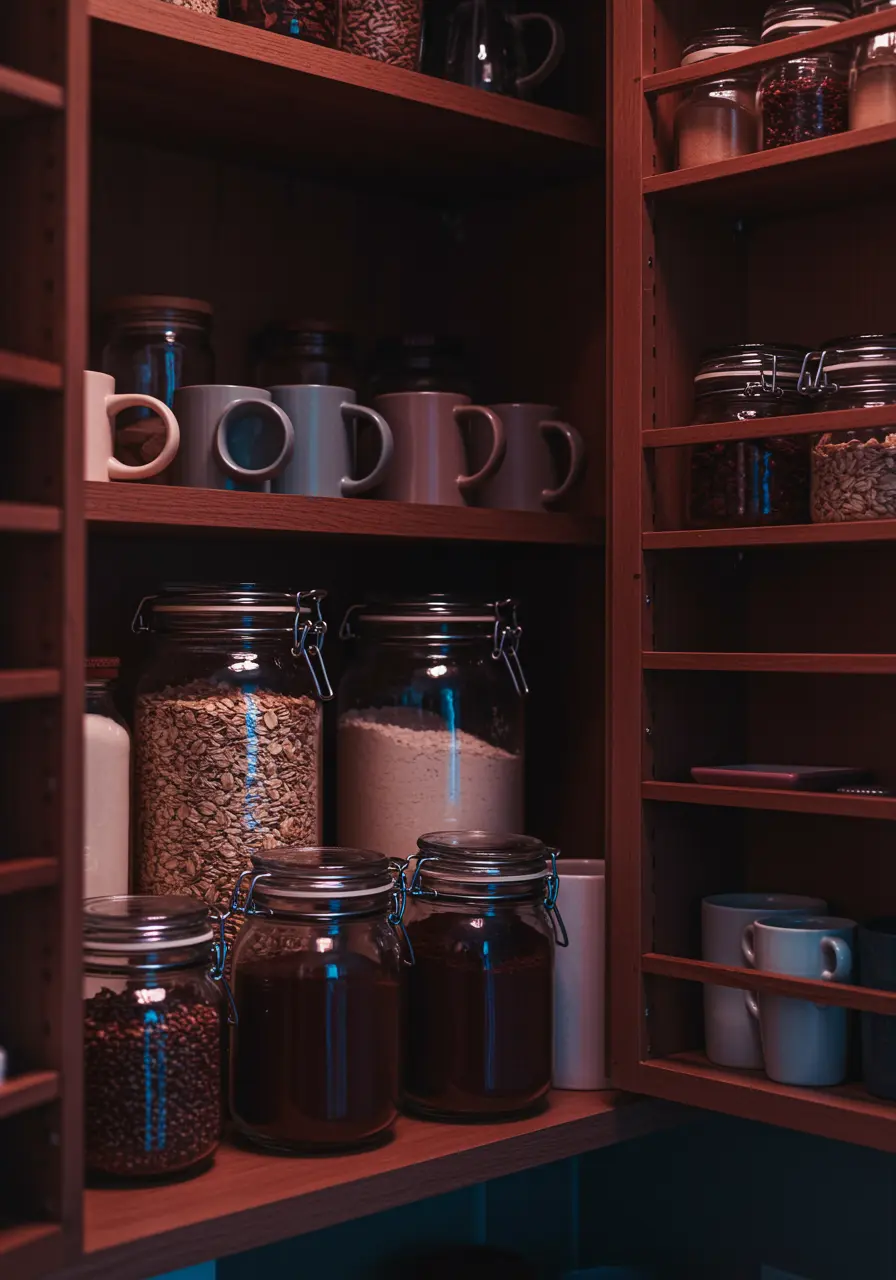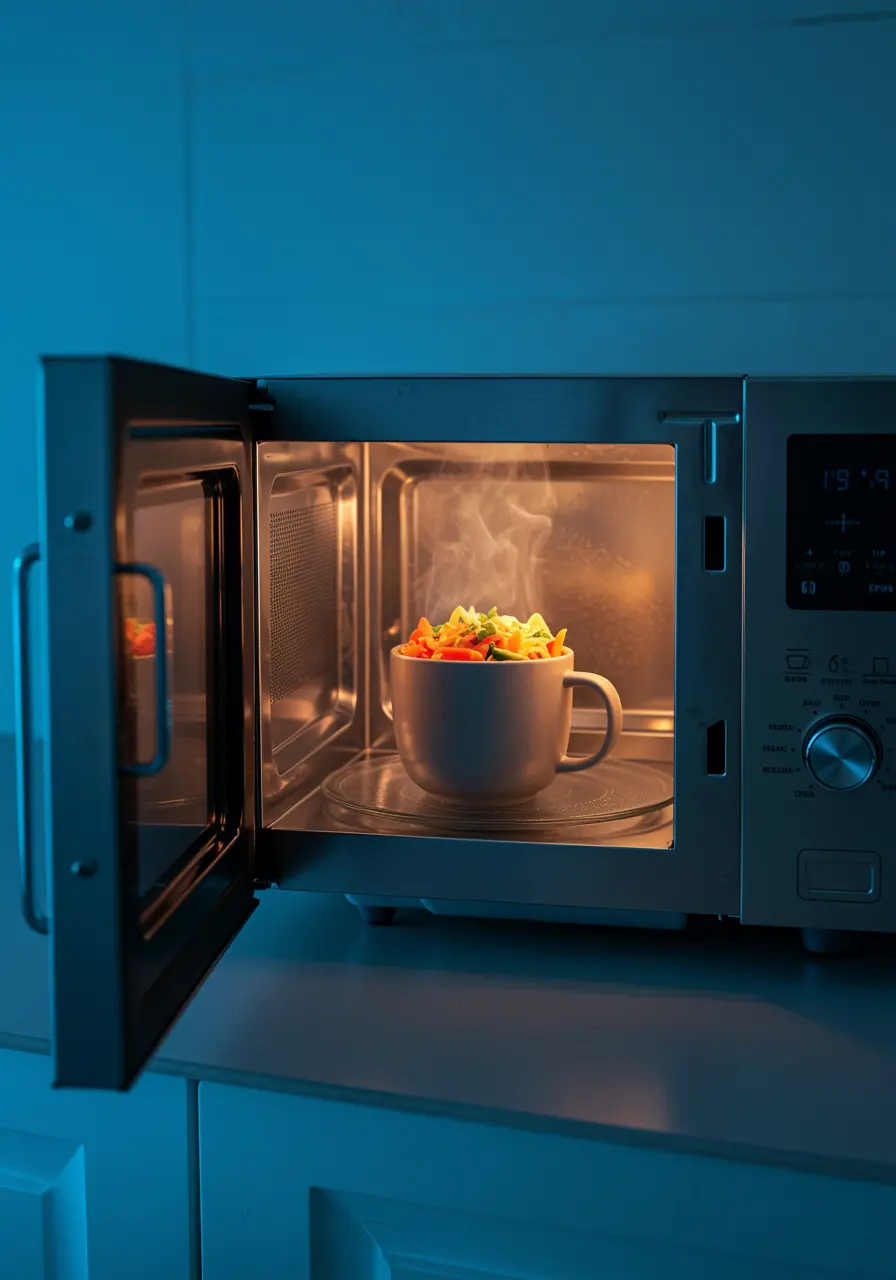The Best Fluffy Pancakes recipe you will fall in love with. Full of tips and tricks to help you make the best pancakes.
Sometimes, staying prepared in the kitchen isn’t just about having ingredients—it’s about thinking ahead, building flexibility, and knowing when to pivot. That’s where the principle of “Keep Capacity and Cover” comes in. It’s a strategy born in emergency planning and workforce management—but it works surprisingly well in your cozy, mug-filled kitchen life too.
Whether you’re a college student managing meals between deadlines or a parent juggling remote work, this mindset helps you make better, faster, less-stressed decisions—even when dinner isn’t planned.
What Does “Keep Capacity and Cover” Mean?
In its original use, “Keep Capacity and Cover” means having enough backup and flexibility to handle surprises—whether that’s more customers, fewer staff, or a sudden change in resources. In the kitchen? It means you’re never caught without options.
Picture this: You’re low on time, groceries are running thin, and you still want something warm and comforting. If you’ve got a few mug meal ingredients tucked away, you’ve kept your capacity. If you know three different ways to use them? That’s cover.
How It Applies to Mug Meals
Microwave mug meals are the perfect expression of this principle. They’re fast, portion-friendly, and endlessly adaptable—exactly what you need when life doesn’t go to plan.
Take our Just Egg Vegan Omelette Mug: even without traditional eggs or cheese, you’ve got a warm, protein-packed option in under 5 minutes. That’s smart kitchen coverage.
Why It Works for Busy Households
When your kitchen is always in “crisis mode” (aka: the fridge is half-empty), keeping capacity means having flexible core ingredients: oats, flour, milk, cocoa, eggs (or subs), and a microwave.
Cover means having go-to recipes that require just one or two steps, like:
These allow you to pivot from “What do I eat?” to “What do I feel like eating?”—fast.

Keeping Capacity = Reducing Waste
According to the Harvard T.H. Chan School of Public Health, small-portion cooking leads to less food waste and better long-term health choices. When your meal fits in one mug, it’s easier to manage portions, avoid overeating, and control what goes in your body.
Best of all, it takes just five minutes and requires only a single dish. Which means less cleanup, more peace of mind, and one less thing to juggle.

FAQ – Keep Capacity and Cover
1. What does “keep capacity and cover” mean in emergency planning?
It refers to maintaining enough resources and flexibility (capacity) and a strategy to respond when something changes (cover)—like backup staff or systems.
2. How does keeping capacity and cover improve operational efficiency?
By reducing downtime and reaction time. It means you’re prepared, with minimal disruption, even when things go wrong.
3. Why is it essential to maintain capacity and coverage in workforce management?
It prevents burnout and chaos—ensuring teams can flex, adapt, and support each other when someone’s unavailable or plans shift.
4. What industries use “keep capacity and cover” strategies the most?
Healthcare, logistics, food service, and retail all depend heavily on capacity planning and backup coverage for smooth daily ops.
5. How can I implement a “keep capacity and cover” model in my business?
Build process backups, train team members across roles, and identify your “go-to” alternatives when Plan A falls apart.
6. What are examples of “keep capacity and cover” in real-life scenarios?
Having backup staff on call, preparing simple mug meals for busy days, or keeping staple pantry items for last-minute needs.
Final Thought
Mug meals might seem like a shortcut—but they’re actually a smart system. With just a little prep and a few flexible go-to ideas, you can feed yourself or your family even on the busiest day. That’s the magic of keeping capacity and cover—in the kitchen, in life, and definitely in your microwave.





